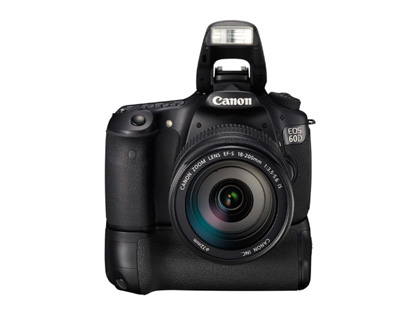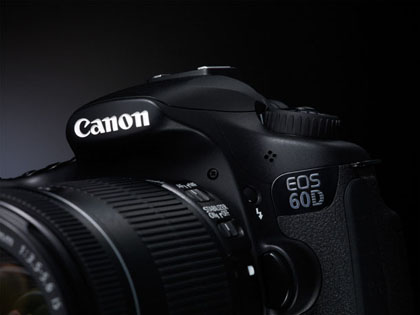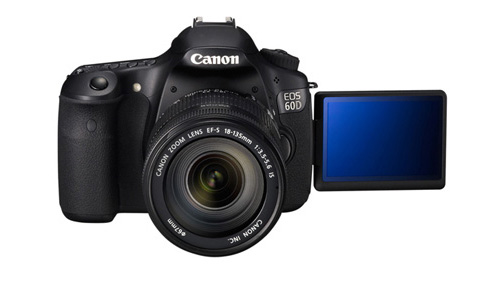Why you can trust TechRadar
With its similar 18Mp sensor, DIGIC 4 image processor and iFCL metering system (see below), you'd expect the 60D's image quality to be pretty much the same as from the cheaper 550D.
Indeed, we tested the 60D throughout a range of lighting conditions and found the results to be all but indistinguishable. The only notable difference was that the 60D produced slightly smoother, less noisy images at high ISO settings, albeit with slightly less fine detail.
Colour rendition is very accurate in the Standard picture style setting and pleasingly vibrant in Landscape mode, where blues and greens in particular are bumped up. Photos are sharp and crisp but there are question marks over the 17-85mm IS lens that's supplied as a kit lens option with the camera, as this suffers from very noticeable chromatic aberrations especially at the wide-angle end of the zoom range.

Unlike most of Nikon's recent DSLRs, there's no in-camera processing to filter out chromatic aberration so the only workable solution is to shoot in RAW mode and make corrections in the Digital Photo Professional software that comes with the camera.
For controlling dynamic range, Canon's Auto Lighting Optimizer includes low, standard and strong options, or can be disabled altogether. In our tests, it did a good job of boosting shadows in high-contrast scenes but had a nasty habit of reducing contrast in general shots more than we would have liked. Nikon's Active D-Lighting works rather more effectively.
Metering is based on Canon's new iFCL (intelligent Focus Colour Luminance) system, which not only takes colour as well as luminance into the equation, but also biases exposure towards the active focus point, even in evaluative metering mode.

It works very well for backlit portraits, where correct exposure of the face is much more important than what happens to the background. For high contrast scenes, however, even when multiple focus points lock on to bright and dark areas in the shot, the 60D often seems to expose for the shadows, making the overall shot far too bright and requiring -1EV or more of exposure compensation.
Again, compared with Nikon's current metering systems, the 60D gives much more inconsistent results and you really do need to keep an eye on exposure settings.
Like the 50D, autofocus is based on a 9-point system but each point is cross-type, so can resolve detail in both vertical and horizontal planes. The lack of fine-tuning for individual lenses aside (see previous page), we found autofocus to be highly accurate, even in very demanding low-light conditions.
An extra bonus is that the central AF point is extra-sensitive to take advantage of fast f/2.8 lenses. Overall, image quality is very good so long as you're prepared keep an eye on metering vagaries, but you need something better than the kit 17-85mm IS lens to make the most of the camera's prowess.
